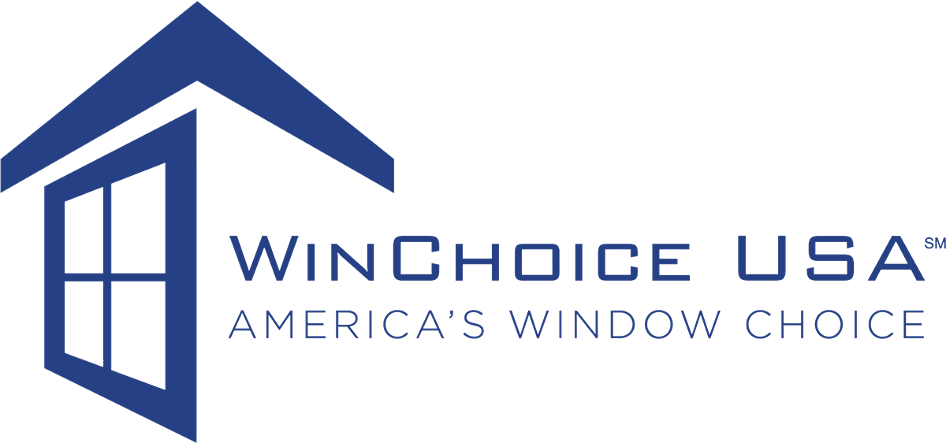9 Reasons to Upgrade to Energy-Efficient Windows

Did you know that nearly 30% of a home’s energy loss occurs through windows? That means nearly a third of your energy bill could be wasted—simply slipping through poorly insulated glass. Upgrading to energy efficient windows is one of the smartest moves you can make as a home improvement project. Not only does it lower energy bills, but it also improves comfort, boosts property value, and supports sustainability. Read on to discover the benefits and see how an upgrade to energy-efficient windows fits your goals.
Table of Contents
- Lower Energy Bills
- Improved Home Comfort
- Enhanced Property Value
- Environmental Benefits
- UV Protection for Interiors
- Noise Reduction
- Increased Home Safety
- Eligibility for Rebates and Incentives
- Enhanced Aesthetic Appeal
- Additional Window Resources
Lower Energy Bills
One of the most immediate reasons to choose energy efficient windows is the potential for significant savings on heating and cooling costs. Traditional single-pane windows allow substantial heat transfer—your home loses heat in winter and gains heat in summer—driving up energy consumption and energy costs.
Energy-efficient windows reduce this transfer through advanced technologies:
- Low-E (low emissivity) glass reflects infrared heat—keeping warmth inside during winter and outside in summer.
- Multiple panes (double or triple) create insulating layers; gas fills like argon or krypton are poorer conductors of heat, boosting energy performance.
- Thermal breaks in frames reduce heat flow at the edges.
According to the Department of Energy, replacing old windows—especially replacing single-pane windows—with new energy efficient windows can trim monthly energy bills meaningfully. In climates with extremes, windows save energy by requiring less energy from your HVAC system, and windows can save hundreds annually over time.
Improved Home Comfort
Beyond savings, energy-efficient windows provide steadier indoor temperatures. Older, inefficient windows create drafts and cold spots because regular windows allow excessive heat flow and windows are prone to air leakage.
Energy-efficient designs use multi-pane glass and inert gases to reduce energy transfer and drafts—making your home consistently comfortable year-round. In summer, coatings block heat gain; in winter, they retain warmth to keep your home cozy. The result: energy efficiency and comfort you can feel in every room.
Enhanced Property Value
In today’s market, buyers prize energy efficiency. Upgrading your windows to energy efficient windows is a window replacement that improves curb appeal and the value of your home. Modern profiles and glass packages help a property stand out, and windows can significantly influence appraisals when they boost performance and design.
Environmental Benefits
Lowering your home’s energy use reduces emissions. Energy-efficient windows help your home’s energy footprint by cutting the amount of energy needed for comfort—an important step in energy conservation. Over time, that’s a meaningful environmental win.
UV Protection for Interiors
Many modern windows with Low-E coatings block up to 95–99% of UV rays, helping preserve floors, fabrics, and artwork. You’ll enjoy bright spaces without the fade—one of the subtle advantages of energy-efficient glazing.
Noise Reduction
The same multi-pane, gas-filled construction that saves energy also dampens sound. Upgrading to replacement windows with laminated or triple glazing can dramatically quiet street noise, improving the comfort of your home—especially for bedrooms and offices.
Increased Home Safety
Today’s energy-efficient window options often include laminated glass, reinforced frames, and multi-point locks. These features add strength and security while improving home energy performance—so safety and efficiency move forward together.
Eligibility for Rebates and Incentives
Look for ENERGY STAR and ENERGY STAR® labels when buying new windows. Energy Star certified windows that meet Energy Star guidelines (and Energy Star criteria) may qualify for federal, state, or utility rebates. Some products even earn Energy Star Most Efficient status. These programs help offset installing energy efficient windows so you save money on your energy bill and the upgrade itself.
Enhanced Aesthetic Appeal
You don’t have to choose between looks and performance. Today’s windows are designed in many styles—casement, double-hung, picture—so windows can make a design statement while improving home’s energy efficiency. With slimmer frames and windows with air-tight seals, new windows may deliver larger viewing areas without sacrificing performance.
Putting It All Together
Benefits of energy-efficient windows stack up quickly: lower bills, better comfort, noise control, UV protection, and potential rebates—plus a lift in the value of your home. Whether you’re installing energy efficient units in phases or planning a whole-home window replacement, switching to energy efficient windows is a practical, high-impact upgrade.
If your frames are sound but glass is dated, install energy-efficient windows (full units) rather than just sashes to minimize future energy loss. If you’re unsure where to start, look for the energy star label, compare the U-Factor and SHGC ratings for windows, and consult a pro to replace your windows where they’ll have the biggest impact.
FAQs
What type of window is most energy efficient?
Triple-pane units with Low-E coatings and argon/krypton fills generally offer the strongest thermal performance. These windows are engineered to cut transfer dramatically, especially versus single-pane windows.
What type of window covering is the most energy efficient?
Honeycomb (cellular) shades add an insulating air layer that complements energy efficient windows and reduce energy loss through glass.
What is the best type of window to keep heat out?
Look for energy star glass packages with selective Low-E and reflective films—these windows help limit solar heat gain and lower energy use in summer.
What is a good price to pay for windows?
Pricing varies by size, materials, and installation scope. For installing new windows, many homeowners budget ~$400–$1,000 per opening (installed). Evaluate long-term energy savings and incentives when deciding to replace your windows.
Sources
- Andersen Windows – Energy Efficiency
- Pella – How to Choose Energy-Efficient Windows
- Forbes – How to Choose Energy-Efficient Windows
- Architectural Digest – Energy-Efficient Windows Cost
Additional Window Resources
- Top Window Lock Options
- Transform Your Home with Transom Windows
- 12 Questions to Ask a Window Company

Anna has over six years of experience in the home services and journalism industries and serves as the Content Manager at MyHomePros.com, specializing in making complex home improvement topics like HVAC, roofing, and plumbing accessible to all. With a bachelor’s degree in journalism from Auburn University, she excels in crafting localized, comprehensive guides that cater to homeowners’ unique needs. Living on both coasts of the United States has equipped her with a distinctive perspective, fueling her passion for turning any house into a cherished home through informed, personalized decision-making.
Connect with top-rated local contractors who can help you with siding, roofing, HVAC, windows, and more. Get free quotes from verified professionals in your area today.








